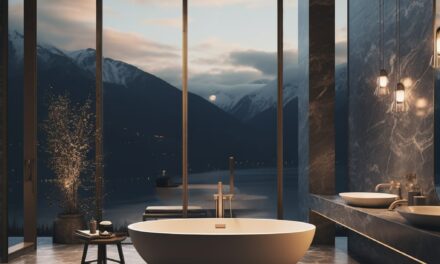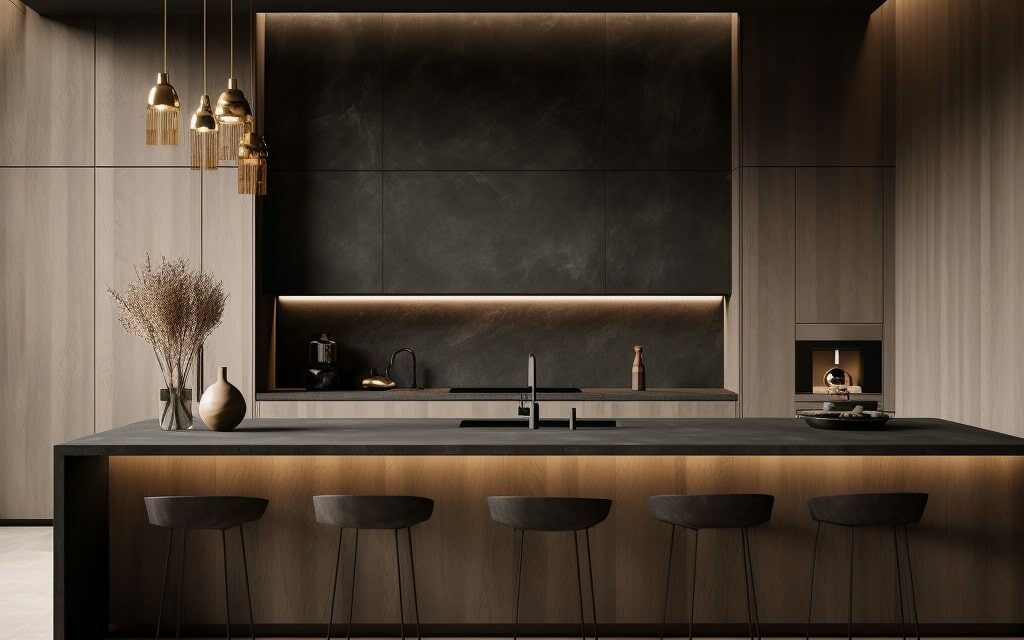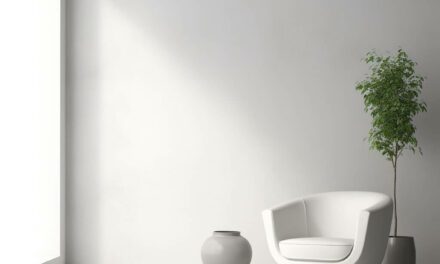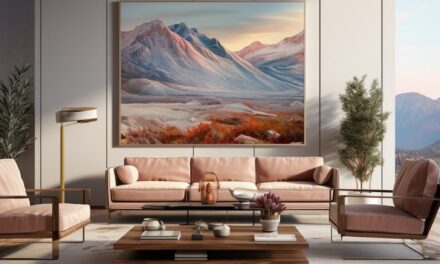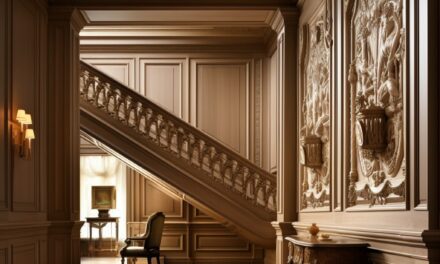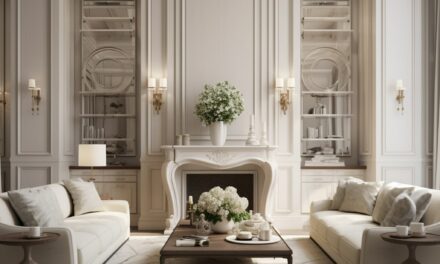Texture is a fundamental element in interior design, and understanding how to incorporate it into your home decor can enhance the aesthetic and atmosphere of any space. In this comprehensive guide, we will explore what texture is, its importance in interior design, and practical tips on how to effectively incorporate textures into your home decor.
What Is Texture in Interior Design
In interior design, texture refers to the surface quality of a material or object. It can be tactile or visual, and it plays a crucial role in creating visual interest and depth within a space.
Understanding the different types of texture and how they can be incorporated into a design scheme is essential for achieving a cohesive and harmonious aesthetic.
Types of Texture in Interior Design
There are two main types of texture in interior design: tactile and visual.
| Tactile Texture | Visual Texture |
|---|---|
| Refers to the physical feel of a surface, such as rough, smooth, or bumpy. It can be experienced through touch. | Refers to the appearance of a surface, such as the way light and shadow play off of it. It can be experienced through sight. |
Both tactile and visual textures can be found in various materials, including fabrics, wall coverings, flooring, and decorative accents.
Characteristics of Different Textures
There are many different types of texture, each with its own unique characteristics. Here are a few examples:
- Rough: has an uneven surface with irregularities that can be felt or seen
- Smooth: has a surface that is even and without bumps or irregularities
- Soft: has a surface that is pliable and yielding to the touch
- Hard: has a surface that is firm and unyielding to the touch
- Shiny: has a surface that reflects light and appears glossy
- Matt: has a surface that does not reflect light and appears dull
- Textured: has a surface that has been intentionally manipulated to create visual or tactile interest
Each type of texture can convey a different mood or feeling within a space. For example, rough textures can create a sense of ruggedness or coziness, while shiny textures can create a sense of luxury or elegance.
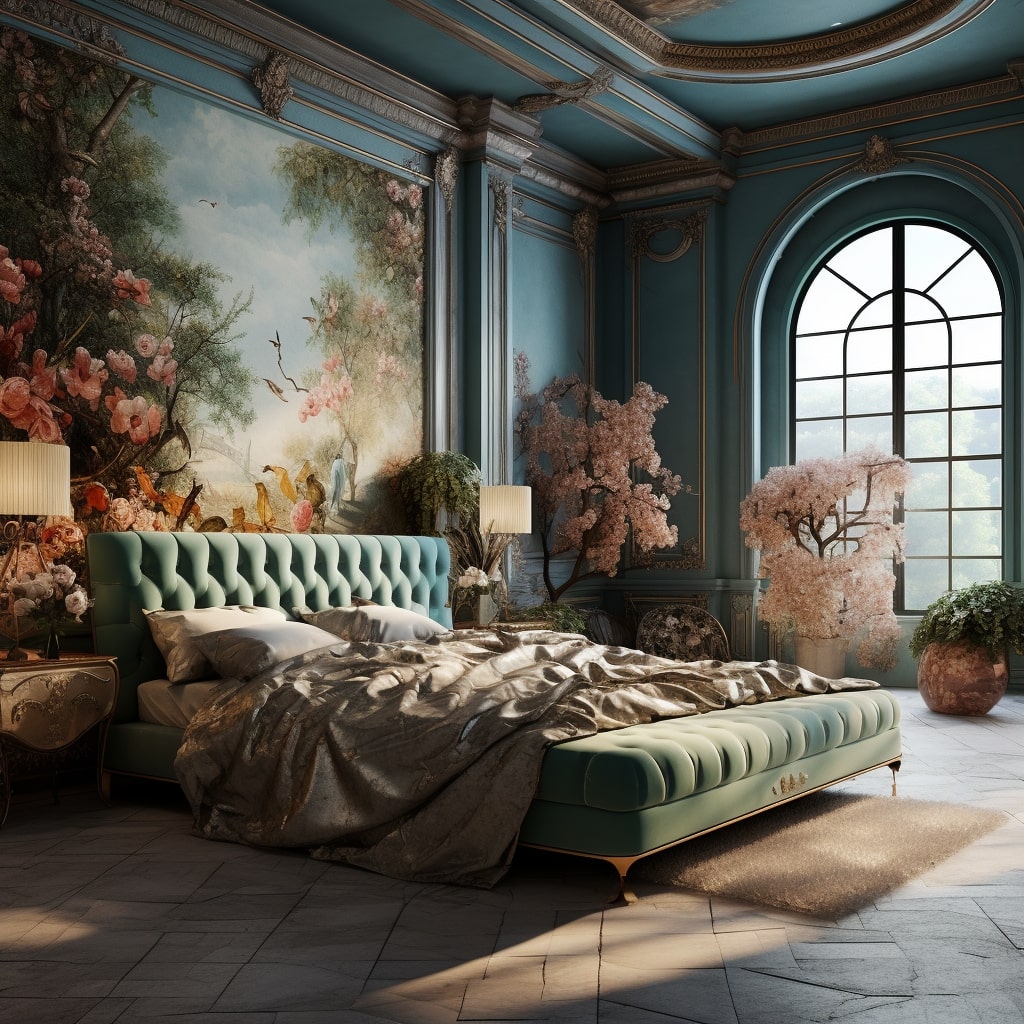
The Importance of Texture in Interior Design
Texture plays a vital role in interior design as it adds depth, dimension and tactile sensations to a space. Without texture, a room can appear flat and uninviting. Texture is not just about how things feel – it also creates visual interest and adds complexity to a room’s design.
Texture can be introduced into an interior space in many ways, including through flooring, walls, furniture, fabrics, accessories, light fixtures and more. It can be bold and prominent or subtle and understated, depending on the desired effect. The use of texture in interior design can evoke different moods and emotions, from warmth and comfort to edginess and sophistication.
Incorporating Texture in Your Home Decor
Texture is an essential element in interior design that can add depth, warmth, and personality to a space. From soft fabrics to rough surfaces, there are countless ways to incorporate texture into your home decor. Here are some practical tips and ideas to help you get started:
1. Mix and Match Textures
One of the easiest ways to incorporate texture into your home decor is to mix and match different textures. For example, you can pair a smooth leather sofa with a fluffy wool rug or combine a sleek metal coffee table with a rustic wooden accent wall. Don’t be afraid to experiment with different textures until you find a combination that feels right.
2. Add Textured Fabrics
Textured fabrics like linen, velvet, and chenille can instantly add warmth and coziness to a space. Consider adding textured throw pillows, blankets, or curtains to your living room or bedroom for a touch of comfort and style. You can also experiment with different patterns, such as floral or geometric, to create a unique look.
3. Incorporate Natural Elements
Natural elements like wood, stone, and plants can bring a sense of texture and organic beauty to a room. Consider adding a wooden coffee table or shelves, a stone fireplace, or potted plants to your space. These elements not only add texture but also create a calming and relaxing atmosphere.
4. Use Wall Decor
Wall decor, such as wallpaper, framed art, or wall hangings, can also add texture to a room. Consider using a patterned wallpaper or textured wall panels to create a feature wall. You can also add framed art or tapestries for a unique and personalized touch.
5. Experiment with Lighting
Lighting can also play a role in creating texture in a room. Consider adding a variety of light fixtures, such as lamps, sconces, and pendant lights, to create different levels of light and shadow. You can also use accent lighting to highlight specific textured elements, such as a stone fireplace or a millwork wooden feature wall.
By incorporating texture into your home decor, you can create a space that is both visually and tactilely interesting. Experiment with different textures and elements until you find a combination that reflects your personal style and creates a cozy and welcoming atmosphere.
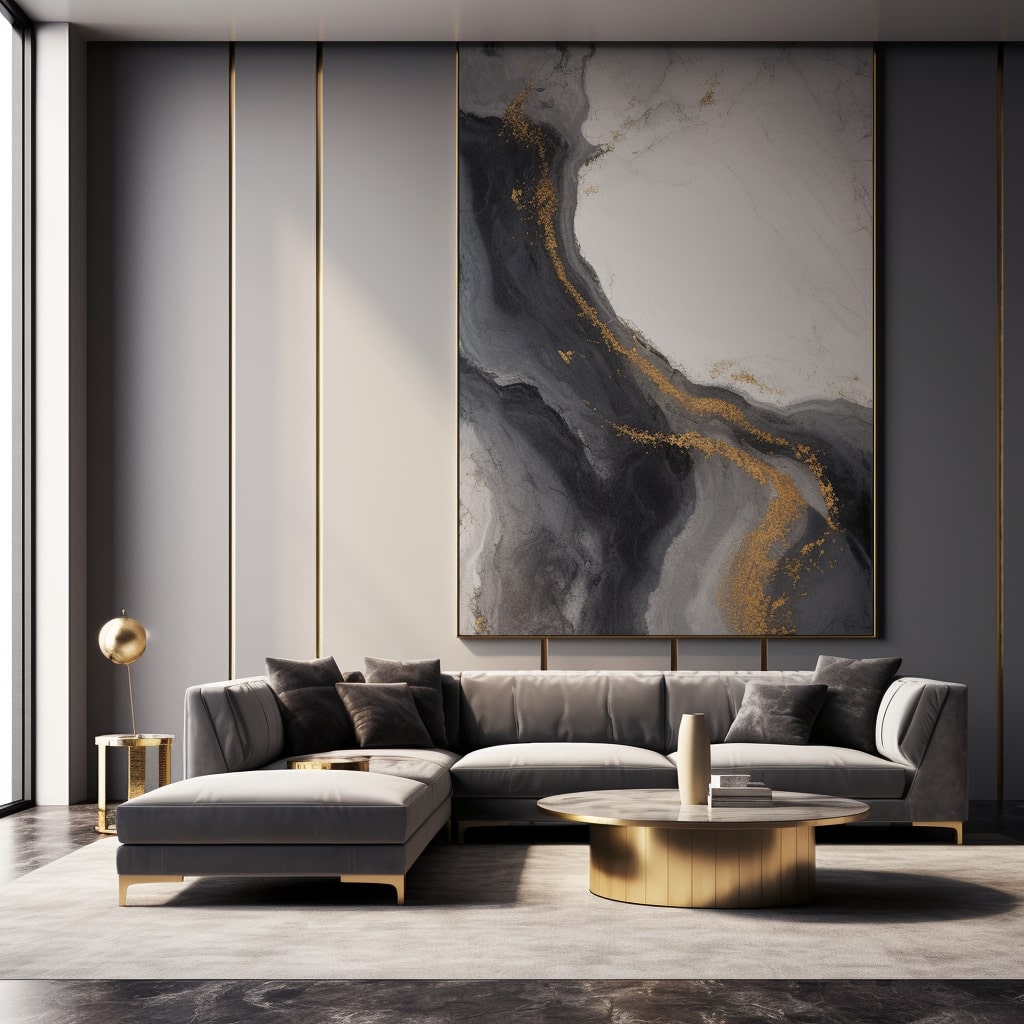
Using Texture in Furniture Design
Furniture design is an important aspect of interior design, and texture plays a crucial role in making furniture pieces visually appealing and functional. Different textures can add depth, dimension and character to furniture, making them stand out in a room. Here are some ways to incorporate texture in furniture design:
1. Use Natural Materials
Natural materials such as wood, leather, and stone have inherent textures that can add visual interest to furniture pieces. Wooden furniture, for instance, can have different grains and finishes adding to its texture, while leather furniture’s texture can range from smooth to rough, depending on the type of leather used.
2. Mix and Match Textures
Combining different textures in furniture pieces can create a layered and interesting look. For instance, a chair with a leather seat and a woven backrest can add a unique sense of texture and variation to a room.
| Texture Combination | Description |
|---|---|
| Wood and Metal | A perfect combination of organic and industrial textures, this mix adds depth to any furniture piece. |
| Woven Fabric and Leather | This combination is great for adding contrasting textures to a single furniture piece. The combination can be both functional and pleasing to the eye. |
| Glass and Wood | Adding a smooth texture like glass to a rougher texture like wood can add dimension and create a sleek look to a furniture piece. |
3. Experiment with Texture Accents
Texture accents, such as pillows or throws, can add texture to a space without overwhelming it. These accents can be changed seasonally or replaced easily when it’s time for a new look. Experiment with different materials, like faux fur or velvet, to add a new texture to space.
Playing with texture in furniture design can transform a house into a home. It can make a space look more inviting and add character to it. When properly executed, texture can make furniture stand out, while still remaining functional and stylish.
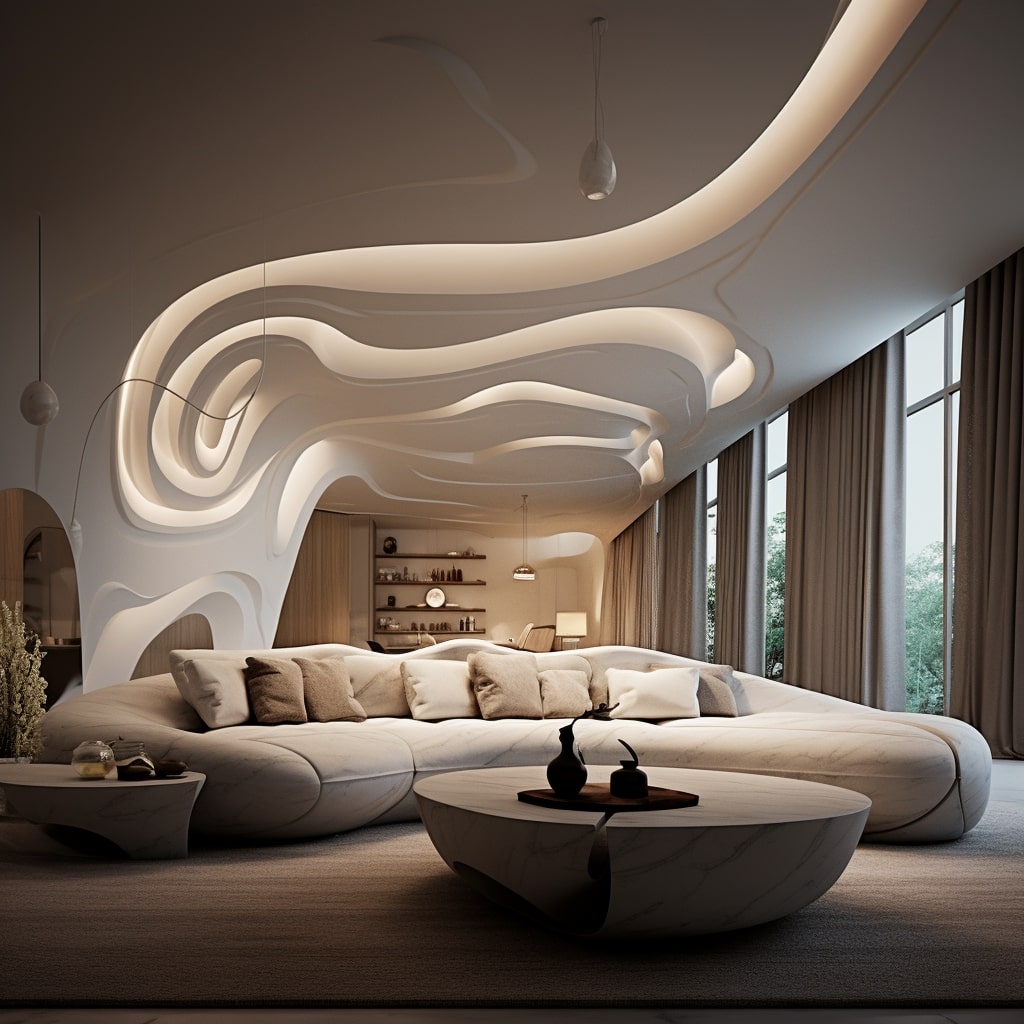
Visual Texture in Interior Design
Texture is often associated with tactile sensations, but it can also be visual. Visual texture refers to the appearance of a surface and the illusion of texture it creates, without any physical texture present. This technique is commonly used in interior design to add depth and interest to a space.
There are several ways to create visual texture. One common method is to use patterns, such as stripes, polka dots, or geometric shapes. These patterns can add a sense of texture and movement to a space, especially when combined with contrasting colors or materials.
Another way to create visual texture is through the use of different finishes. Matte finishes can provide a sense of depth, while glossy finishes can create a smooth and reflective surface. Textured finishes, such as stucco or plaster, can add a tactile quality to a wall or ceiling.
Additionally, the way light falls on a surface can also create visual texture. Shadows and highlights can accentuate the surface and create an illusion of texture. This effect can be achieved through strategic lighting, such as spotlights or pendant lamps.
Visual texture can be a powerful tool in interior design, allowing designers to add interest and depth to a space without the added cost or maintenance of physical texture. By utilizing patterns, finishes, and lighting, designers can create a visually engaging environment that stimulates the senses.
Incorporating Texture in Different Spaces
Texture can be incorporated into different spaces within a home to create a cohesive and visually interesting design. Here are some ideas:
Living Room
In the living room, consider adding a variety of textures to your sofa and accent pillows. A combination of smooth fabrics, such as velvet or silk, with rougher textures, like burlap or wool, can add depth and interest to the space. Additionally, incorporating textured rugs, throws, and curtains can further enhance the overall atmosphere.
Bedroom
In the bedroom, using a variety of textures for bedding, such as cotton, linen, and faux fur, can create a cozy and inviting ambiance. Consider adding a textured headboard or accent wall to add even more visual interest to the space. Natural materials, like wood and stone, can also contribute to a textured design in a bedroom.
Bathroom
In the bathroom, incorporating textures like stone, tile, and natural fibers in the form of mats, towels, and bathrobes can create a spa-like atmosphere. Adding texture to the walls through wallpaper or tile can also add depth and interest to the space.
Remember, when incorporating texture into different spaces, it’s important to consider the overall design and ensure that all elements work together harmoniously.
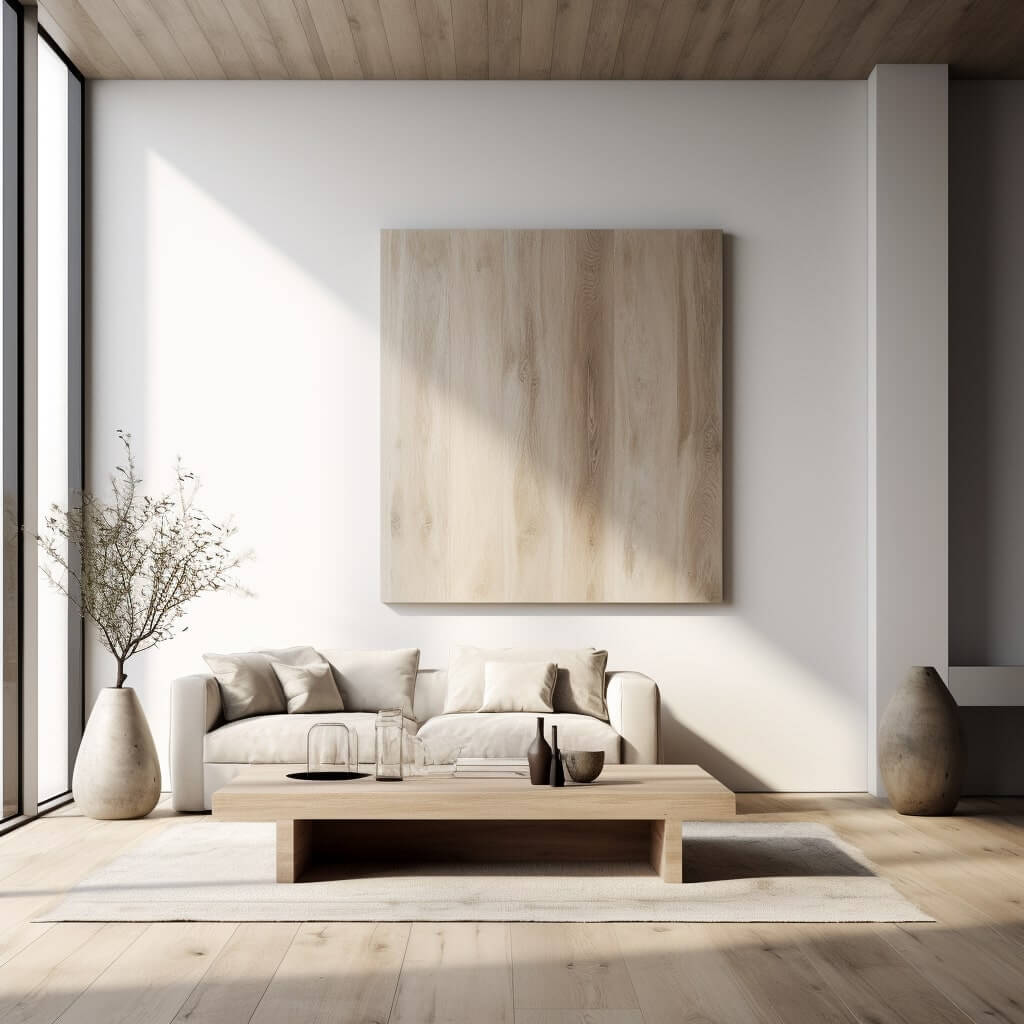
Balancing Texture with Other Design Elements
While texture is an important principle in interior design, it must be balanced with other design elements to create a cohesive space. Consider the following tips when incorporating texture into your decor:
| Design Element | Considerations |
|---|---|
| Color | Ensure that the textures you choose complement the color scheme of the room. Too many competing textures can be overwhelming. |
| Pattern | Use texture to add depth and visual interest, but be careful not to overload the space with too many patterns. |
| Scale | Consider the scale of the textures you choose. Large textures can overwhelm a small room, while small textures may be lost in a larger space. |
Remember to keep the overall style of the room in mind when selecting textures. For example, an industrial-style space may benefit from rough, raw textures, while a traditional space may require softer, more luxurious textures.
Texture in Different Design Styles
Texture is a versatile element that can be incorporated into various design styles, adding depth, interest, and character. Here are some examples of how texture can be used in different design styles:
Minimalist
Minimalist design is characterized by simplicity, clean lines, and a focus on function. Texture can be used sparingly in this style, adding interest and contrast without overpowering the overall aesthetic. For example, a textured throw pillow on a minimalist sofa or a textured rug in a simple bedroom can create visual interest without disrupting the clean lines of the space.
Rustic
Rustic design embraces natural elements and textures, such as wood, stone, and woven materials. Rough textures and raw finishes are celebrated rather than smoothed over. In a rustic space, texture can be used boldly, with exposed brick walls, rough-hewn wooden beams, and woven baskets adding depth and character.
Contemporary
Contemporary design is characterized by sleek, modern lines and a focus on simplicity and functionality. Texture can be used in a contemporary space to add warmth and interest, such as with a textured area rug or a textured accent wall. However, texture should be used sparingly and intentionally in order to maintain the sleek and streamlined aesthetic of this style.
Modern classic is another design style that focuses on texture – sleek modern textures contrasting with rougher, rustic traditional textures: a thrilling combination.
When incorporating texture into a design style, it’s important to consider the overall aesthetic and balance the texture with other design elements, such as color, pattern, and scale.
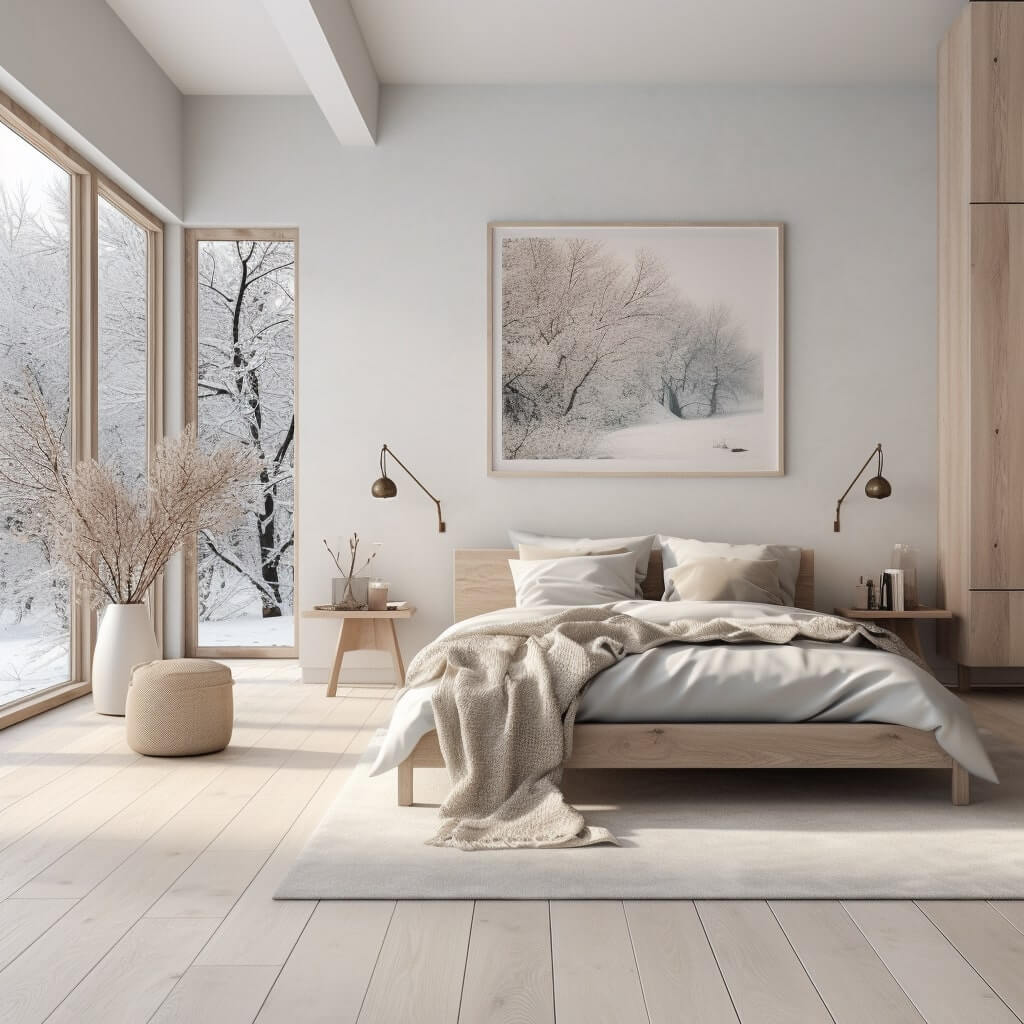
Frequently Asked Questions about Texture in Interior Design
Texture is an essential element in interior design that adds depth, contrast, and visual interest to a space. Here are some of the most frequently asked questions about texture in interior design:
What is texture in interior design?
Texture refers to the tactile, visual, or even auditory quality of a surface within a space. In interior design, texture can be found in various materials, such as wood, fabric, metal, stone, and more.
Why is texture important in interior design?
Texture adds visual interest and depth to a space. It also helps create a sensory experience that can enhance the overall atmosphere of a room. By incorporating different textures, you can make a space look and feel more inviting, cozy, or even luxurious.
What are some examples of texture in interior design?
There are many examples of texture in interior design, such as a wool rug, a leather sofa, a stone fireplace, a textured wallpaper, or a woven basket. Texture can be found in both natural and man-made materials and can also be created through different finishing techniques, such as distressing or staining.
How can I incorporate texture into my home decor?
There are many ways to incorporate texture into your home decor, such as adding a plush rug, accessorizing with textured pillows or throws, incorporating a textured wallpaper, or selecting furniture pieces with interesting textures, such as a woven chair or a barnwood coffee table.
How do I balance texture with other design elements?
Balancing texture with other design elements, such as color, pattern, and scale, is important to create unity in your designs. One way to achieve this is by selecting one dominant texture and incorporating smaller accents of other textures throughout the space.
Can I mix different textures in one space?
Yes, mixing different textures in one space can create a visually interesting and dynamic environment. However, it’s important to balance the different textures to avoid overwhelming the space. You can achieve this by selecting textures with similar tones, or by using subdued textures as accents against bolder textures.
How can I incorporate texture into a minimalist design style?
In a minimalist design style, texture can be incorporated through subtle details, such as a textured wall art or a woven rug. Focus on incorporating textures with a minimal color palette and avoid using too many bold or contrasting textures that can disrupt the simplicity of the design.
Can texture be incorporated into a contemporary design style?
Yes, texture can be incorporated into a contemporary design style through the use of materials such as concrete, metal, glass, or fabric. Look for clean lines and geometric shapes to complement the contemporary aesthetic and incorporate one or two textured accents to add depth and contrast to the space.
How can I use visual texture in interior design?
Visual texture refers to the illusion of texture created through patterns or designs. You can incorporate visual texture into your interior design by using a patterned wallpaper, a chevron rug, or a geometric pendant light. Visual texture can create the illusion of depth and texture without the tactile experience.
Texture is an important element in interior design that can enhance the overall visual and sensory experience of a space. By incorporating different textures, you can create a visually dynamic and inviting environment that reflects your personal style and taste.


